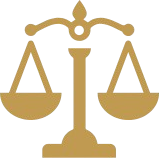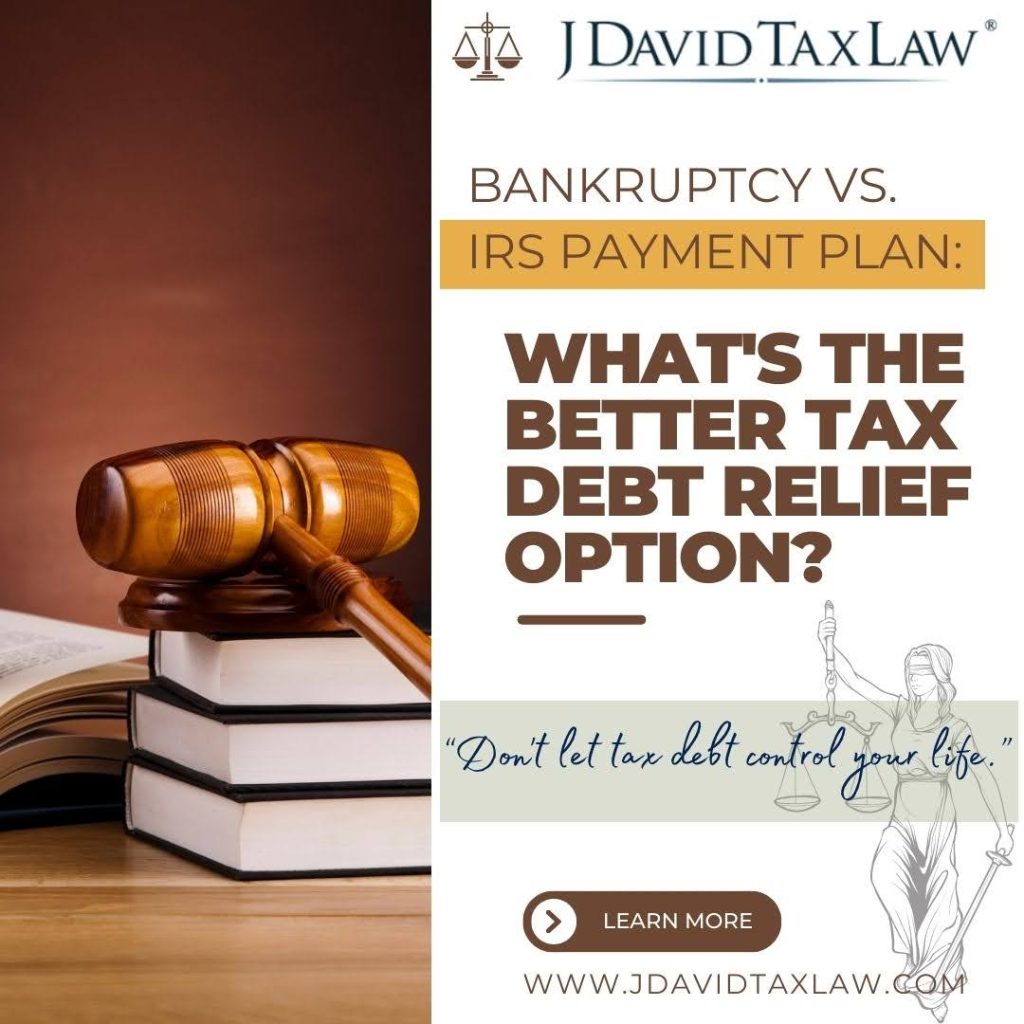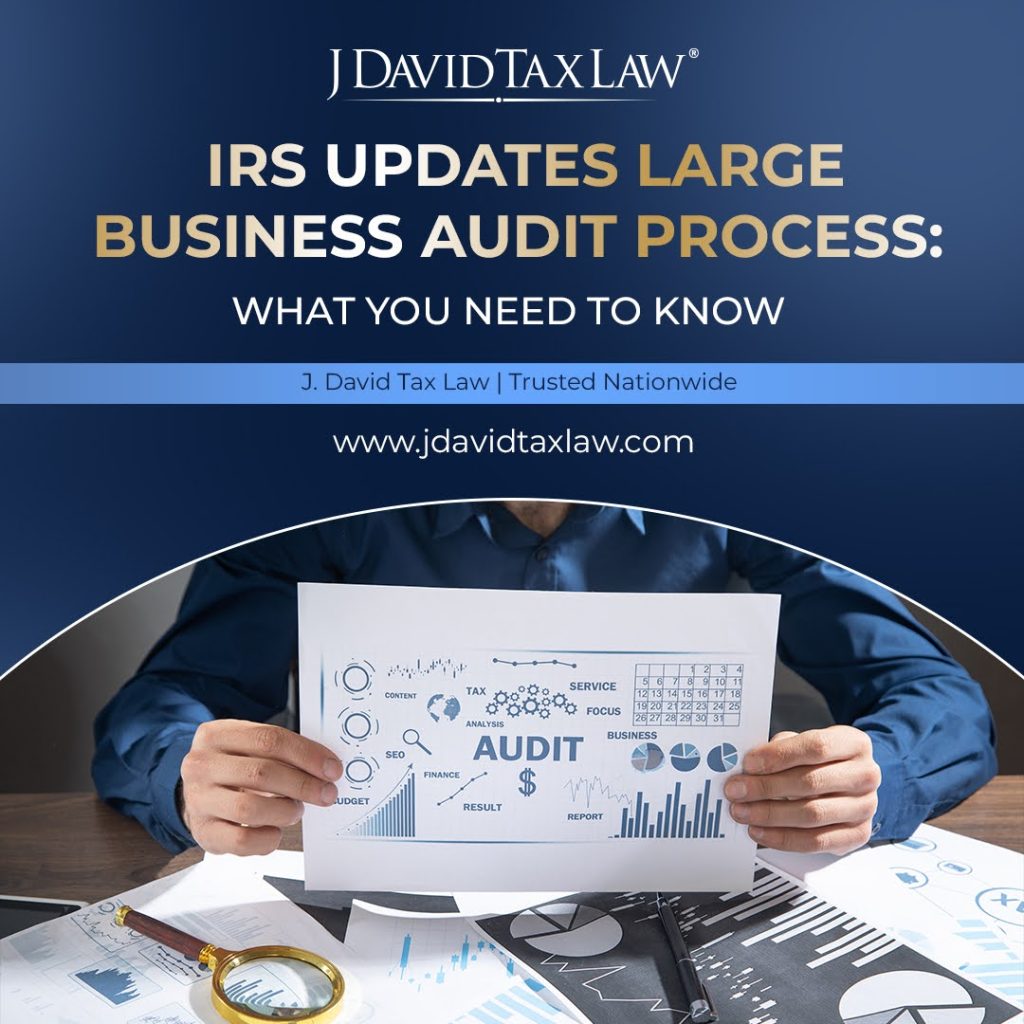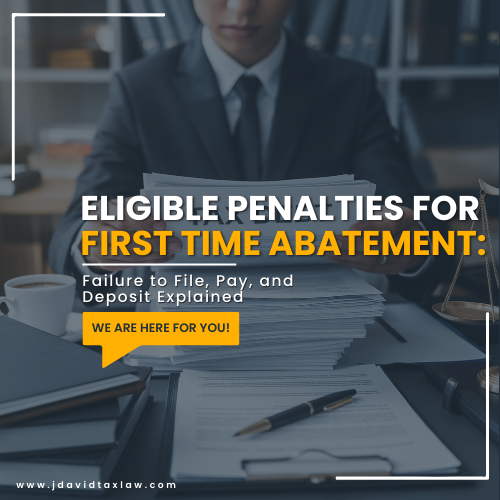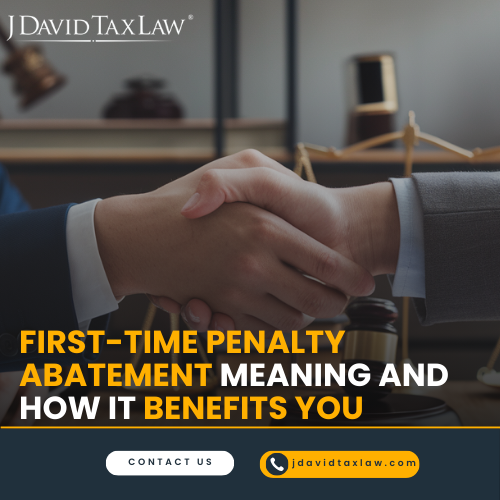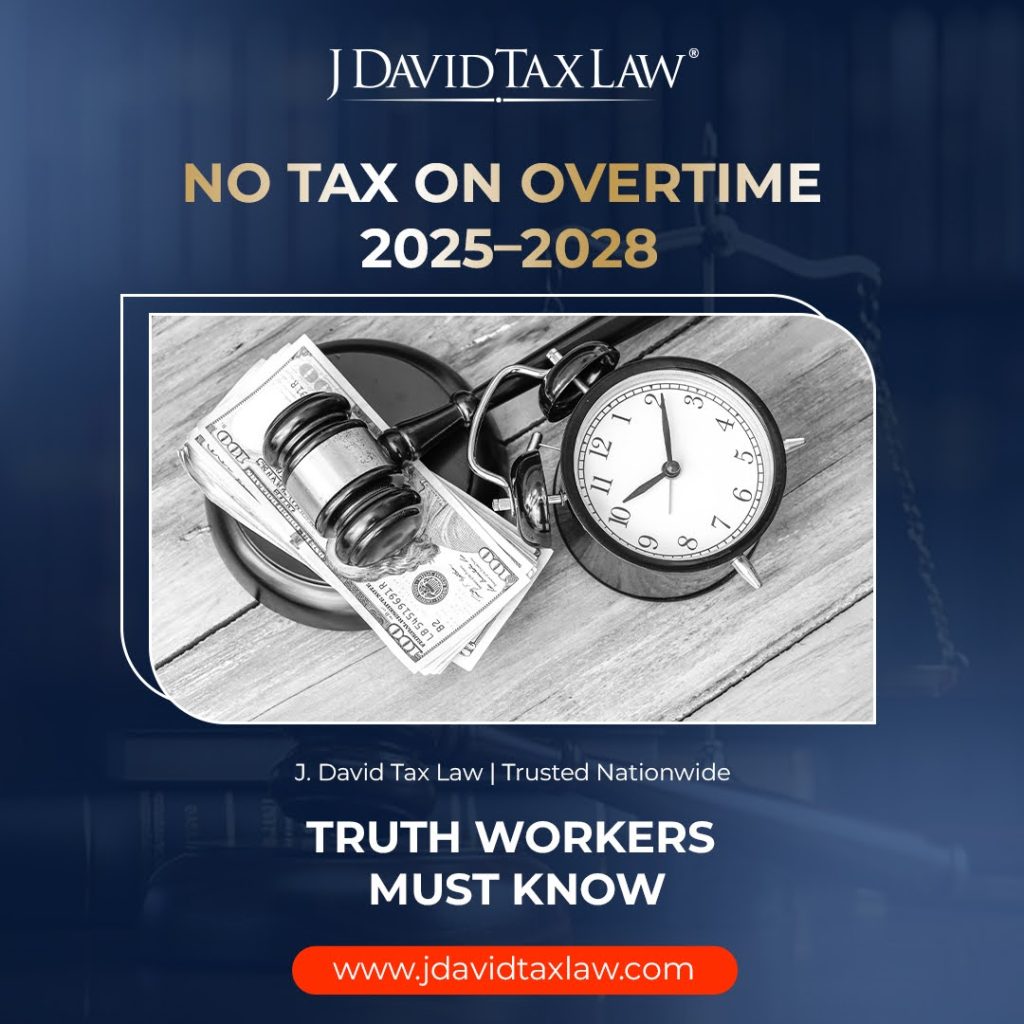Tax debt is a significant issue for many individuals and business owners, often leading to considerable stress and financial instability. Unpaid tax debts can quickly escalate, resulting in severe consequences such as tax liens, wage garnishments, and aggressive collection actions from the IRS. Efficiently resolving these tax debts is crucial to regain financial stability and peace of mind.
Two of the most common avenues of debt relief taxpayers can consider are bankruptcy filing and IRS payment plans. Each option has its own set of processes, eligibility requirements, and potential impacts on financial health. Understanding these options is vital to making an informed decision.
The Severity of Unpaid Tax Debts
Tax debts occur when individuals or businesses fail to pay their due taxes on time. These debts can take various forms. Some of the most common types include income tax debt, payroll taxes, and unpaid income taxes. Income tax debt arises from unpaid income taxes, while payroll taxes are those that businesses owe on behalf of their employees.
The consequences of unpaid tax debts can be severe. The IRS may impose tax liens, which are legal claims against the taxpayer’s property. Tax liens can significantly damage a taxpayer’s credit score and financial condition.
The IRS may also initiate collection actions, such as wage garnishments or bank account levies, to recover the owed amount. These aggressive collection actions can further strain the taxpayer’s financial situation, making it essential to address tax debts promptly and effectively.
Clearing Debt Through Bankruptcy
Keep in mind bankruptcy should be used as only a last result. There are two main types of bankruptcy that individuals commonly use: Chapter 7 and Chapter 13.
Chapter 7, known as liquidation bankruptcy, involves selling non-exempt assets to pay off debts. Chapter 13, or reorganization bankruptcy, allows debtors to keep their assets and repay debts over a 3-5 year period through a court-approved repayment plan.
The bankruptcy process can be complex, often requiring the expertise of a bankruptcy attorney. An experienced bankruptcy attorney helps navigate the legal process, ensuring all necessary paperwork, such as tax returns, is filed correctly and on time. They provide crucial guidance through the bankruptcy proceedings.
Eligibility for Discharging Tax Debts Through Bankruptcy
Not all tax debts are dischargeable in bankruptcy. To be eligible for discharge, the tax debts must meet certain criteria. Proper filing of income tax returns is essential to qualify for discharging eligible debts.
Dischargeable Debts:
Income taxes that are at least three years old
Taxes for which the tax return was filed at least two years ago
Taxes assessed at least 240 days before filing for bankruptcy
Taxes not based on fraudulent returns or evasion
Nondischargeable Debts:
Recent income taxes
Payroll taxes
Taxes from fraudulent returns
Taxes that the taxpayer attempted to evade
Pros and Cons of Taking the Bankruptcy Route for Debt Relief
Bankruptcy offers several benefits and drawbacks:
Pros:
Potential for Complete Discharge: Bankruptcy can eliminate eligible tax debts, providing a fresh financial start.
Protection from Collection Actions: Filing for bankruptcy immediately stops collection efforts, such as wage garnishments and tax liens.
Cons:
Impact on Credit Score: Bankruptcy can significantly damage a person’s credit score, affecting their ability to obtain future credit.
Lengthy Process: The bankruptcy process can be time-consuming, often taking several months to years to complete.
Specific and Difficult Eligibility Criteria: Not all taxpayers qualify for bankruptcy; strict eligibility criteria must be met, especially regarding the discharge of tax debts.
Choosing IRS Payment Plans to Resolve Outstanding Debts
The IRS offers several payment plan options to help taxpayers manage their tax debts without filing for bankruptcy. Two common options are short-term payment plans and installment agreements.
Short-term payment plans allow taxpayers to pay their debts within 120 days without incurring a user fee. Installment agreements, on the other hand, provide a longer-term solution, allowing debts to be paid off in monthly installments over several years. Requesting a payment plan involves submitting specific forms and paying user fees.
Eligibility and Requirements
Eligibility for IRS payment plans depends on several factors, including income verification and the submission of a collection information statement. The IRS requires detailed information about the taxpayer’s monthly income and disposable income to determine their ability to make regular payments. The collection information statement helps the IRS assess the taxpayer’s financial condition and establish an appropriate payment plan.
Pros and Cons of IRS Payment Plans
IRS payment plans have several advantages and disadvantages:
Pros:
Avoid Bankruptcy: Payment plans provide a way to manage tax debts without the need for bankruptcy filing.
Manageable Monthly Payments: Taxpayers can spread their tax payments over time, making them more manageable within their monthly budget.
Protection from Aggressive Collection Actions: While on a payment plan, taxpayers are protected from aggressive IRS collection actions like wage garnishments and tax liens.
Cons:
Interest and Penalties: Tax debts continue to accrue interest and penalties until fully paid, which can increase the total amount owed.
Longer Repayment Period: Payment plans extend the time period over which the debt is repaid, sometimes up to several years.
Commitment to Regular Payments: Taxpayers must commit to making regular payments, which can be challenging if their financial situation changes.
Comparing Bankruptcy and IRS Payment Plans
Choosing between bankruptcy and IRS payment plans depends on how each option clears tax debts. Bankruptcy can offer a quicker resolution but has severe impacts on credit. IRS payment plans provide a manageable way to pay off debts over time but come with continued interest and penalties.
Criteria | Bankruptcy | IRS Payment Plans |
Time Frame for Resolution | Typically resolved within a few months to a few years (3-5 year period for Chapter 13) | Payment plans can last several years, often 3-5 years or longer |
Impact on Financial Condition | Can provide a fresh start by discharging eligible debts, but significantly impacts credit score | Allows for manageable monthly payments, but interest and penalties continue to accrue |
Impact on Credit Score | Significant negative impact; stays on credit report for 7-10 years | Less impact compared to bankruptcy, but may still affect credit |
Legal Implications | Immediate stop to collection actions and tax liens through an automatic stay | Protection from aggressive collection actions while on the plan |
Which Option is Best for Managing Tax Debt Issues?
When deciding between bankruptcy and IRS payment plans, several key factors should be considered:
Financial Hardship and Personal Circumstances
Assessing one’s financial hardship and personal circumstances is crucial. If the taxpayer faces significant financial difficulties, such as unemployment or medical bills, bankruptcy might offer a quicker resolution. On the other hand, those with regular income might find IRS payment plans more manageable.
Future Income Projections and Ability to Make Payments
It’s essential to consider future income projections and the ability to make regular payments. IRS payment plans require consistent monthly payments, which can be challenging if income is uncertain. Bankruptcy, particularly Chapter 7, may be more suitable for those unable to meet regular payment obligations due to limited income.
Potential for Additional Debts and Financial Obligations
Taxpayers should evaluate the potential for incurring additional debts and financial obligations. If there are existing unsecured debts like credit card debt or personal loans, bankruptcy might provide a more comprehensive solution. Conversely, if the primary concern is tax debt, an IRS payment plan might be sufficient.
Conclusion
Choosing between bankruptcy and IRS payment plans to resolve tax debt requires careful consideration of individual circumstances. Evaluating factors like financial hardship, future income, and potential additional debts is essential.
For personalized guidance, contact J. David Tax Law today. Their team of experienced tax lawyers has years of experience helping clients with their tax debt. They provide quality tax services and help determine the best tax relief for each unique situation. With their help, taxpayers can have better chances of solving their financial issues.

